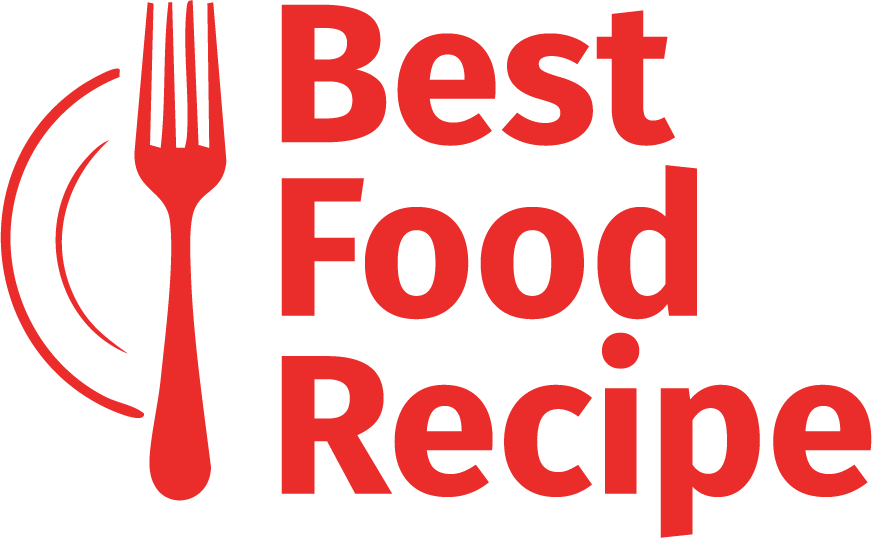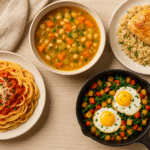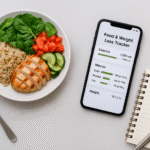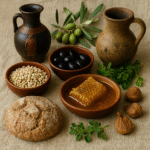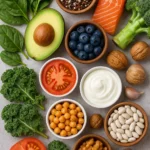Food Calories: What They Really Mean (And Why You Shouldn’t Fear Them)
- May 11, 2025
- 0
- 3 Min Read
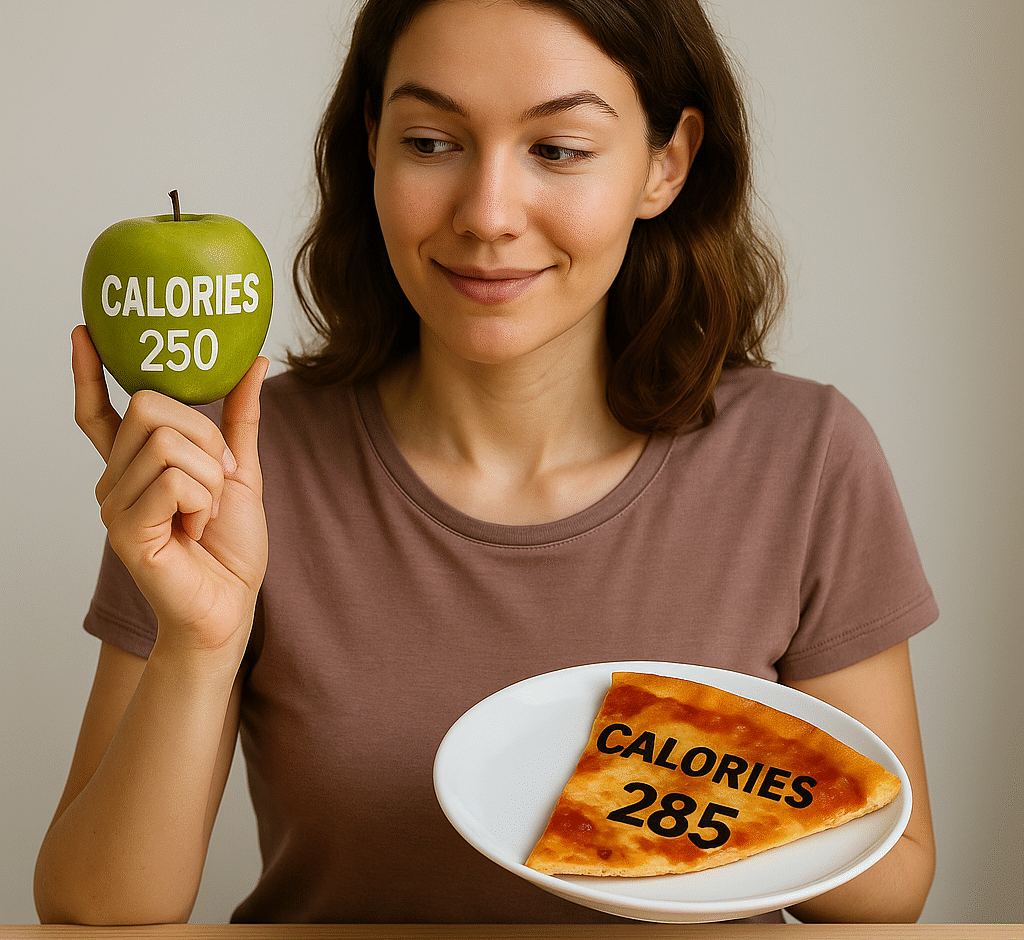
Let’s Be Honest… Calories Aren’t the Enemy
If you’ve ever stared down at a plate of food wondering “how many calories are in this?” — you’re not alone. In today’s world of calorie counters, macros, and fitness apps, it’s easy to fall into the trap of thinking calories are the villain. But here’s the truth: calories are just energy, and your body needs energy to function, thrive, and — yes — enjoy food.
This post isn’t here to scare you with numbers. It’s here to help you understand what food calories really mean, how they work, and how you can use them to feel better, not guilty.
🔥 What Are Calories, Really?
Let’s break it down in simple terms:
A calorie is a unit of energy. When you eat food, your body converts it into fuel. That fuel helps you:
- Walk 🏃
- Breathe 😮💨
- Think 🧠
- Sleep 😴
- And yes… digest more food 🍝
⚙️ Think of your body like an engine:
If you put too little fuel in it, it sputters. If you overload it, it stores the extra. But if you fuel it just right? You run smooth, strong, and balanced.
📊 Average Calorie Needs
How many calories do you need per day? It depends. But here’s a general guide:
| Person Type | Calorie Range (Daily) |
|---|---|
| Sedentary adult woman | 1,600–2,000 kcal |
| Active adult woman | 2,000–2,400 kcal |
| Sedentary adult man | 2,000–2,400 kcal |
| Active adult man | 2,400–3,000 kcal |
| Teenagers / athletes | 2,800+ kcal |
✅ Note: These numbers are averages. Everyone’s metabolism is different.
🍔 Calories in Common Foods
Let’s look at real-world examples (we keep it human here):
- 🥚 1 boiled egg = 70 cal
- 🍞 1 slice of bread = 80 cal
- 🍗 1 grilled chicken thigh = 180 cal
- 🥗 1 cup Caesar salad = 170–250 cal
- 🍟 Small fries = 320 cal
- 🍕 1 slice pepperoni pizza = 300–400 cal
- 🍫 1 Hershey bar = 210 cal
👉 But here’s the key: context matters. A 500-calorie meal with protein, fiber, and healthy fats will fuel you better than a 200-calorie sugary snack.
🧠 Why Counting Calories Isn’t Always the Answer
Let’s be real — tracking calories can help, especially if you’re learning what’s in your food. But obsessing over numbers? Not sustainable. Here’s a more human approach:
- 📌 Focus on whole foods (veggies, proteins, grains, healthy fats)
- 🧘♀️ Eat when you’re hungry, stop when you’re full
- 🧁 Enjoy treats, just not on autopilot
- 📦 Read labels, but don’t live by them
- 💧 Hydrate — sometimes we eat when we’re just thirsty
⚖️ Calorie Density vs. Nutrient Density
Not all calories are equal — at least not when it comes to nutrition.
| Food | Calories | Nutrients | Satisfying? |
|---|---|---|---|
| Avocado (1/2) | 160 | 👍 High | ✅ Yes |
| Soda (1 can) | 140 | ❌ Low | 🚫 No |
| Chicken breast (100g) | 165 | 👍 High | ✅ Yes |
| Potato chips (small bag) | 150 | ❌ Low | 🚫 No |
🧩 Pro Tip: Choose foods that give you both energy and nutrients.
❓ FAQ: What People Really Ask
Q: Are all calories the same?
🧠 Technically, yes — but the effect on your body is different depending on the source.
Q: Do I need to count calories to lose weight?
Not necessarily. Many people lose weight by focusing on portion sizes, whole foods, and mindful eating without ever logging a single calorie.
Q: What’s more important: calories or carbs/fat/protein?
They’re all connected. Calories are the total energy, while carbs/fats/protein are how your body gets it. Focus on balance.
Q: Is eating 1,200 calories safe?
Only under medical supervision. For most adults, 1,200 is too low and can slow your metabolism.
